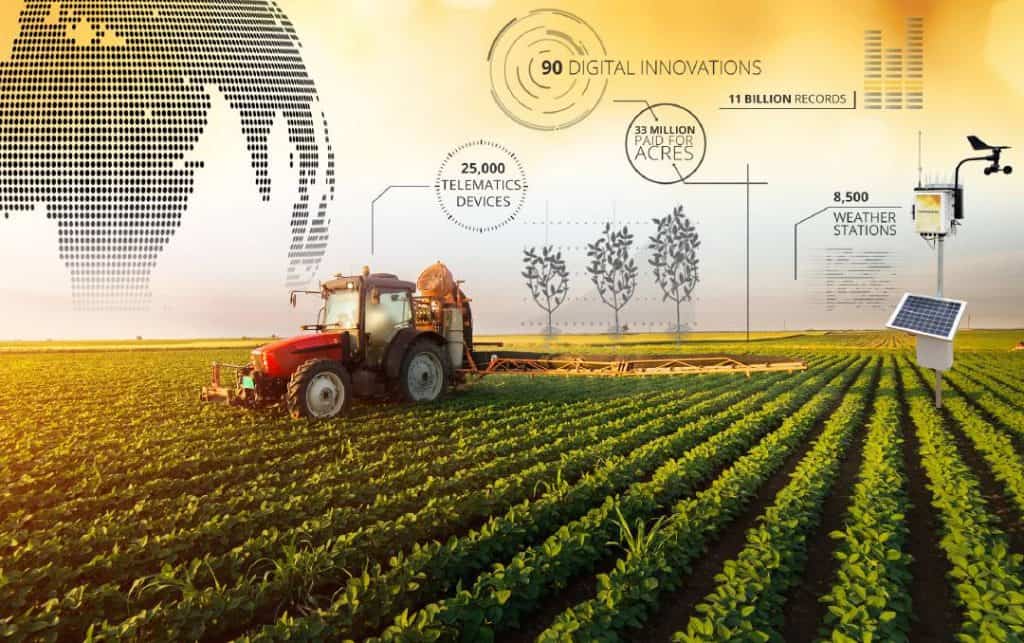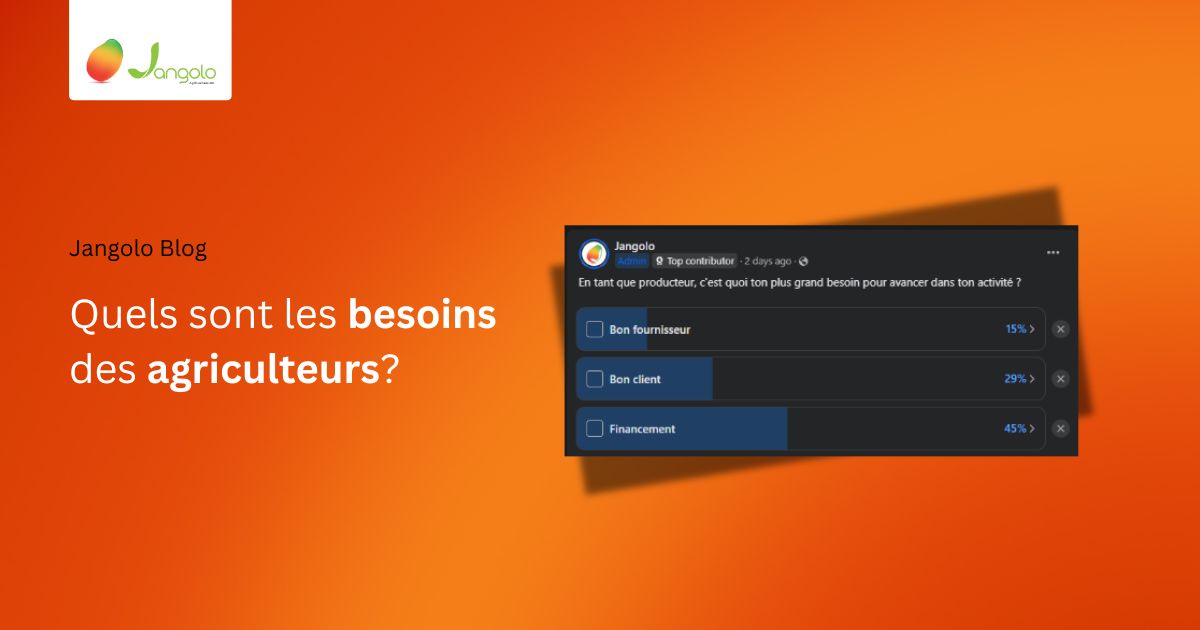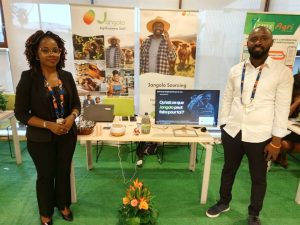Big Data in Agriculture: How Analytics is Revolutionizing Farming
In recent years, the use of big data in agriculture has been gaining momentum, as farmers and agribusinesses seek new ways to improve crop yields and reduce waste. By collecting and analyzing data on weather patterns, soil health, crop growth, and other factors, farmers can make more informed decisions about planting, irrigation, and other key practices.

Here’s a closer look at how big data is revolutionizing farming:
- Better Crop Management
One of the key benefits of big data in agriculture is the ability to manage crops more effectively. By collecting and analyzing data on weather patterns, soil health, and other factors, farmers can optimize their planting schedules and irrigation practices. This can lead to higher crop yields and more efficient use of resources.
For example, by using weather data to predict rainfall patterns, farmers can adjust their irrigation schedules to avoid overwatering or underwatering crops. Similarly, by analyzing soil health data, farmers can determine which nutrients their crops need and adjust their fertilization practices accordingly.
2. More Efficient Resource Management
Big data can also help farmers manage their resources more efficiently. By analyzing data on soil health, weather patterns, and other factors, farmers can reduce waste and minimize the use of water, pesticides, and other inputs. This can lead to cost savings and a more sustainable approach to farming.
For example, by using data analytics to monitor soil moisture levels, farmers can avoid overwatering crops and reduce water usage. Similarly, by analyzing weather data, farmers can predict pest outbreaks and adjust their pesticide usage accordingly, reducing the amount of chemicals used in farming.
3. Improved Supply Chain Management
Big data can also be used to improve supply chain management in agriculture. By tracking crops from the field to the market, farmers can better understand consumer demand and optimize their distribution practices. This can lead to faster delivery times, reduced waste, and higher profits for farmers.
For example, by using data analytics to track the flow of produce through the supply chain, farmers can identify bottlenecks and optimize their distribution practices. Similarly, by using consumer data to track purchasing patterns, farmers can adjust their planting schedules and production levels to better match demand.

In conclusion, big data is transforming the way we think about farming and agriculture. By collecting and analyzing data on weather patterns, soil health, and other factors, farmers can make more informed decisions about planting, irrigation, and other key practices. This can lead to higher crop yields, more efficient use of resources, and a more sustainable approach to farming.










